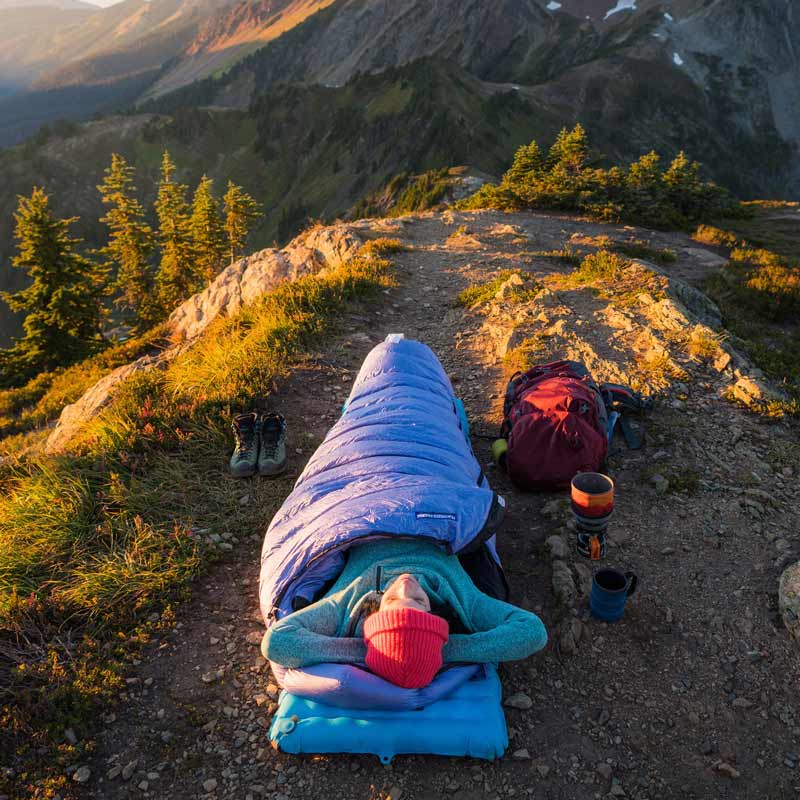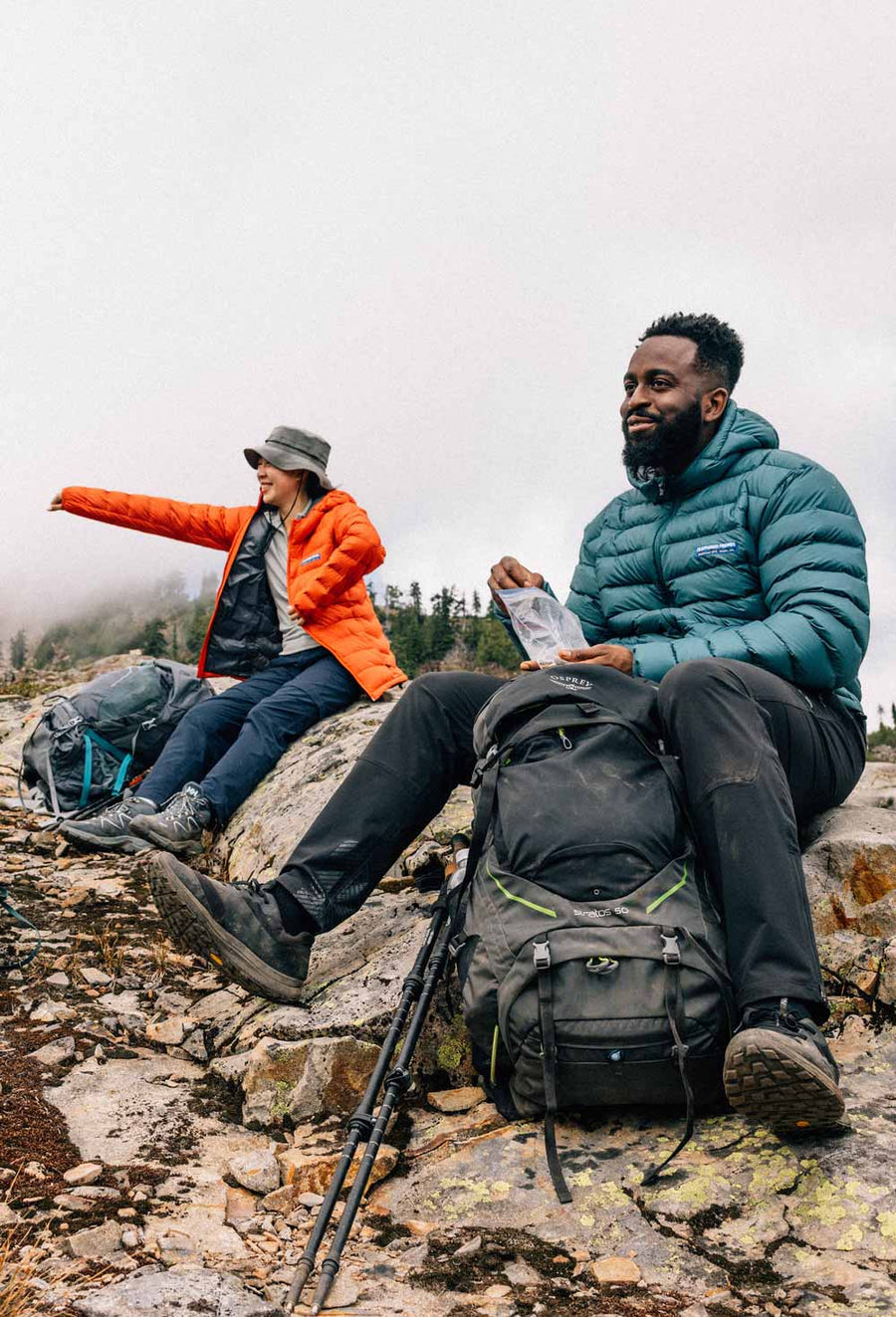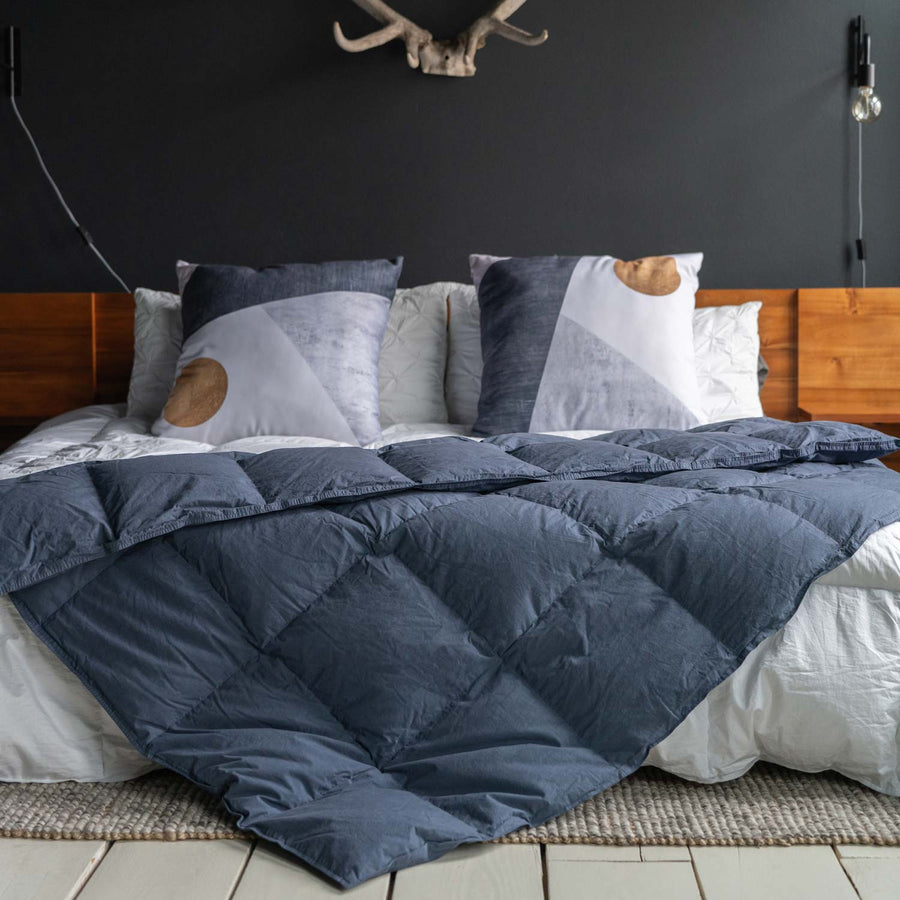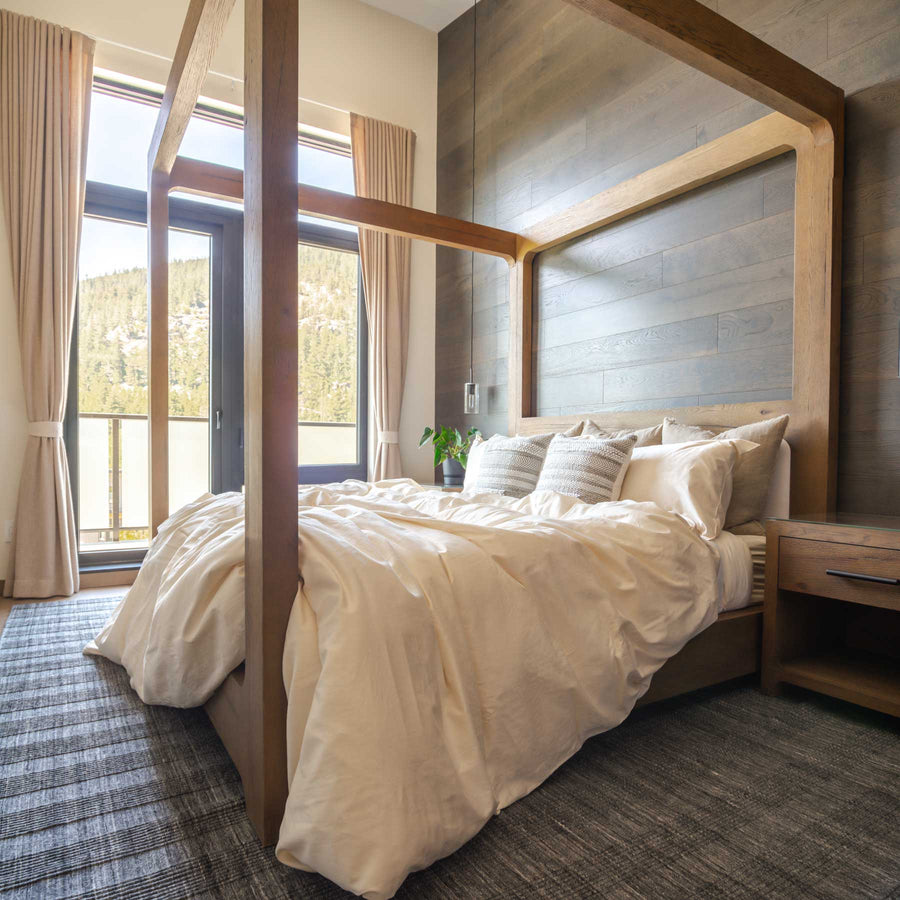Feathered Friends Blog

Pro tips for camping with your newborn with Juna
When my husband and I told people we were taking our seven-month-old camping we usually got one of two responses. For those who told us how “interesting” that sounded, while backing away slowly with looks of pure terror on their faces, I get it. Truth be told, I was a bit terrified as well. As a relatively new mom, terror, or at least mild anxiety, seems to be my default response when faced with most new baby-related activities.

Born and raised in the Pacific Northwest, there are two items I will never have too many of; baselayers and fleece jackets. A good baselayer top is the foundation of an effective layering system ready to meet changeable weather conditions from coastal rains to snowy peaks. Because we take our baselayers so many places, we demand a lot from them. We expect them to be warm but not too hot, durable and yet lightweight, and cozy but not overly bulky.
Over the last five months I got to adventure with the new Arc’teryx Phase AR baselayer, and it is now my top-pick for a synthetic shirt.
Have you started training for that mountain yet? It has been two weeks since our last post, and it is already March!
Below are a few more tips to keep in mind as you try to get your body and mind ready to climb.
As before, be sure to consult with your physician before beginning any new activity. These posts are not a comprehensive training program, and don’t forget to learn and practice the necessary technical skills as well!
Words and photographs by Claire Giordano.
1. Simulate the climb with back-to-back training days
Will your climb be one day, two days, or three or more? Most of the volcanoes in Washington are two day climbs (unless you are a trail runner or doing a longer trip with multiple objectives and skill building lessons). This means our bodies must perform a few days in a row, and the best way to prepare for this is to do back-to-back training days or overnight backpacks.
Do you have some big mountain goals for 2017? If so, it’s already the middle of February and summer mountaineering season (in the states) will be here before you know it. Time to begin training.
Here are a few tips to think about as you start getting out there.
As always, be sure to consult with your physician before beginning any new training program. This post is not a comprehensive training program, but hopefully gives you some ideas. Don’t forget to learn and practice the necessary technical skills as well!
Words and photographs by Claire Giordano.
1. Start early, and ramp up slowly.
Climbing a mountain (such as Rainier) takes not only strength, but also excellent endurance. One of the most common routes, Disappointment Cleaver, requires you to carry a heavy pack (usually around 40 pounds if guided, more if your group is self supported) all way way to basecamp at 10,000 feet. Then, that night or the next, you drop the weight at camp and go even higher in your attempt to reach the summit. The combination of elevation and exertion for hours causes a lot of stress on the body.
IFMGA Certified Guide Jediah Porter shares some of his pro tips on making the shift from rock climbing to ice climbing.

Ice climbing is oh so strange. It’s all the fun and challenge of rock climbing, plus… Plus cold, plus hazards you likely haven’t even thought of, plus an ephemeral surface, plus special equipment… On one level, it seems similar to rock climbing. It is often a natural progression to get competent on rock and then try transitioning to ice climbing. This transition isn’t real clear to rock climbers.
Here are my tips for smoothing that transition.









